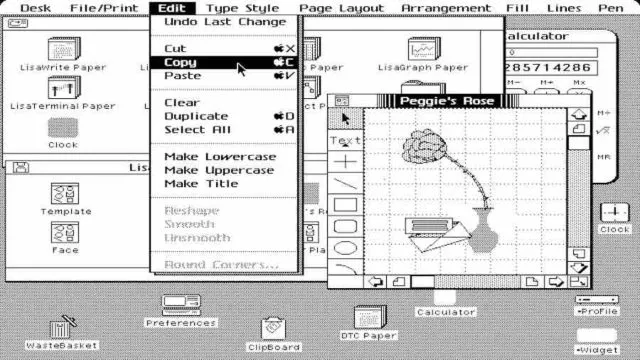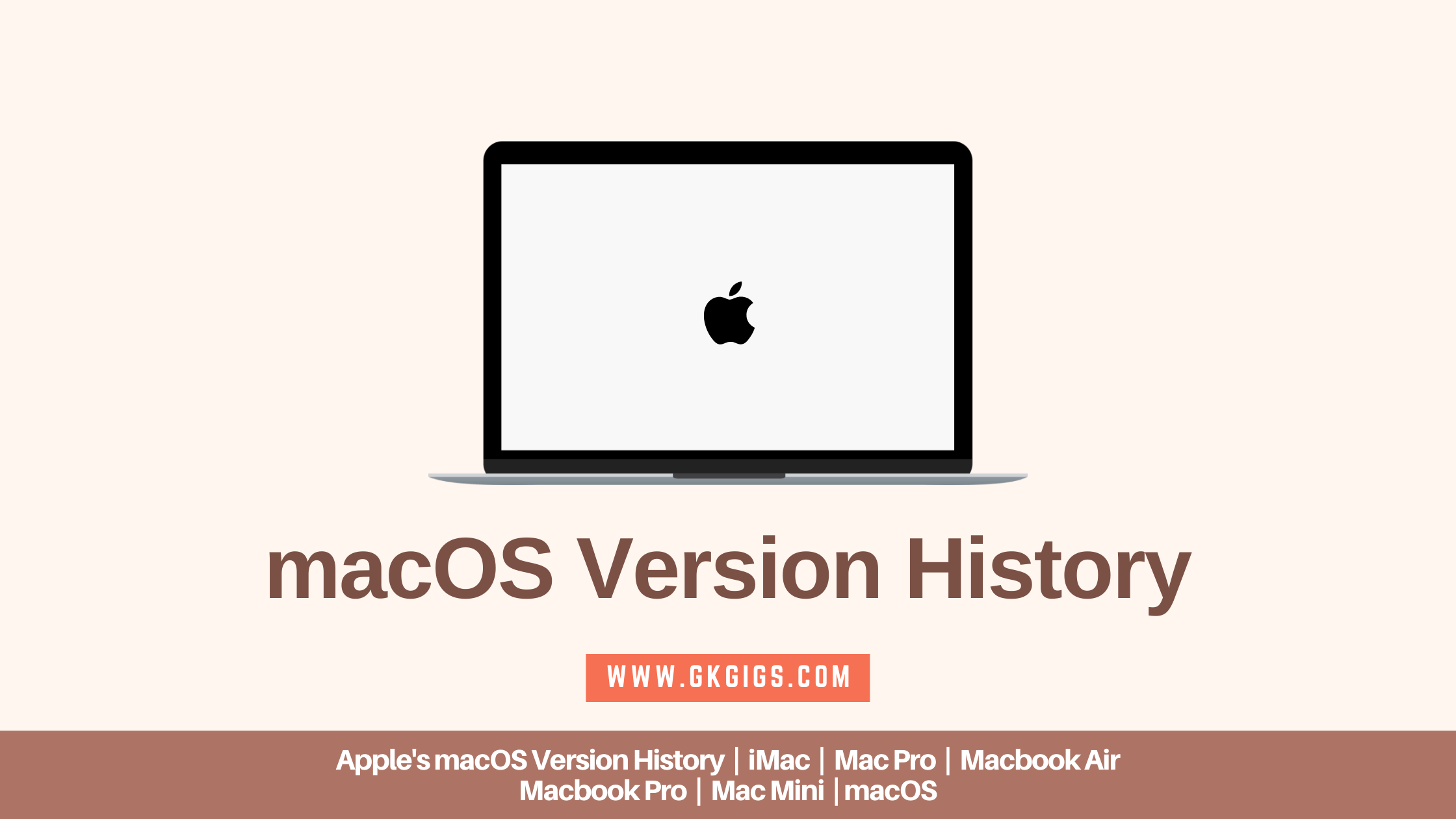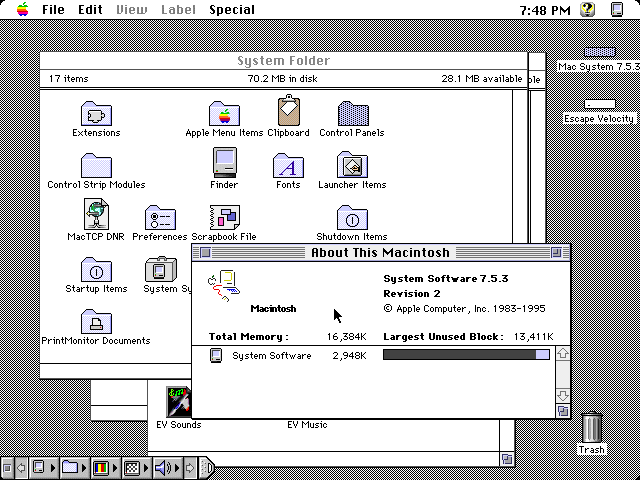
- Mac os x operating systems history for mac os#
- Mac os x operating systems history mac os x#
- Mac os x operating systems history install#
- Mac os x operating systems history windows#
The operating system allows complex programs to access the capabilities of the hardware to get results. But personal computers need to be more versatile. Some simple computers have no need of an operating system because they only perform a specific task. We define these rules using things like logic gates, which take input and produce an output in a predictable way. The hardware behaves according to strict rules. It takes input in the form of zeros and ones - bits - and channels them through various circuits and processors. Without it, your computer would just be a paperweight.Īt its heart, a computer is a number-crunching device. The OS acts as a platform for all other applications on your machine. The operating system interacts with a computer's hardware on a basic level, transmitting your commands into language the hardware can interpret. Now that we've got some basic history out of the way, let's take a quick look at what operating systems actually do.What's the big deal about operating systems in the first place? What do they actually do? An operating system is the level of programming that lets you do things with your computer.
Mac os x operating systems history for mac os#
Current Os For Mac Microsoft Works For Mac Os
Mac os x operating systems history mac os x#
The most recent version as of the writing of this article is Mac OS X 10.7, also known as Lion. Since that first release, all OS X versions have a big-cat nickname. While the technical name for the operating system is Mac OS X 10.0, the company gave it the codename Cheetah. On March 16 of that year, Jobs revealed the first build of Mac OS X to a group of developers. A year later, he announced that Mac OS X - the 10th generation of the Macintosh operating system - would debut in 1999. In September 1997, Jobs became the interim CEO of Apple. Apple also began to integrate features from a failed internal OS project codenamed Copland. This meant Steve Jobs was once again part of Apple.Īpple began to incorporate NeXT technology with the Mac OS. Ultimately, a phone call from Steve Jobs to Apple convinced the company to acquire NeXT in order to use its OS in Mac computers.

Apple executives considered purchasing or leasing an operating system from several different sources, including IBM.
Mac os x operating systems history windows#
It was facing stiff competition with Microsoft's Windows OS. And the executive power struggle at Apple continued as the company struggled to remain relevant. For example, World Wide Web founder Tim Berners Lee designed the first Web page using a NeXT computer. Ultimately, NeXT received little traction in the computer market, though it was used in some high-profile applications. Meanwhile, Apple continued to develop the Mac operating system. In 1988, Jobs went on to spearhead a project he called the NeXT Computer, which ran on an operating system called NEXTSTEP. Co-founder Steve Jobs found himself pushed to the edges of the company and eventually resigned. Shortly after the debut of the Macintosh there was a power struggle in the executive levels of leadership at Apple.

Mac os x operating systems history install#
The advantage of this setup is that it is possible to install multiple R versions in parallel and they all will be fully functional as long as the Current symbolic link points to the currently used version. This is how framework versioning works in Mac OS X and is defined by Apple (see Framework Anatomy). Work online or offline, on your own or with others in real time-whatever works for what you’re doing. Start quickly with the most recent versions of Word, Excel, PowerPoint, Outlook, OneNote and OneDrive -combining the familiarity of Office and the unique Mac features you love. To understand how OS X works, you have to know its history. But the current Mac operating system owes a lot to other computer projects, some of which weren't under Apple's leadership.

The Macintosh GUI seemed like a big leap ahead - so much so that other companies began to invest in creating their own GUI OS.Ī quick glimpse at today's Mac OS X reveals that the GUI is stronger than ever. Computer owners had to learn numerous commands to navigate file systems and run applications.

At the time, most consumer computers used text-based command lines. 24, 1984, it wasn't the first computer to sport a graphical user interface (GUI) on top of its operating system (OS), but it was an early success in the consumer market. When Apple introduced the Macintosh on Jan.


 0 kommentar(er)
0 kommentar(er)
